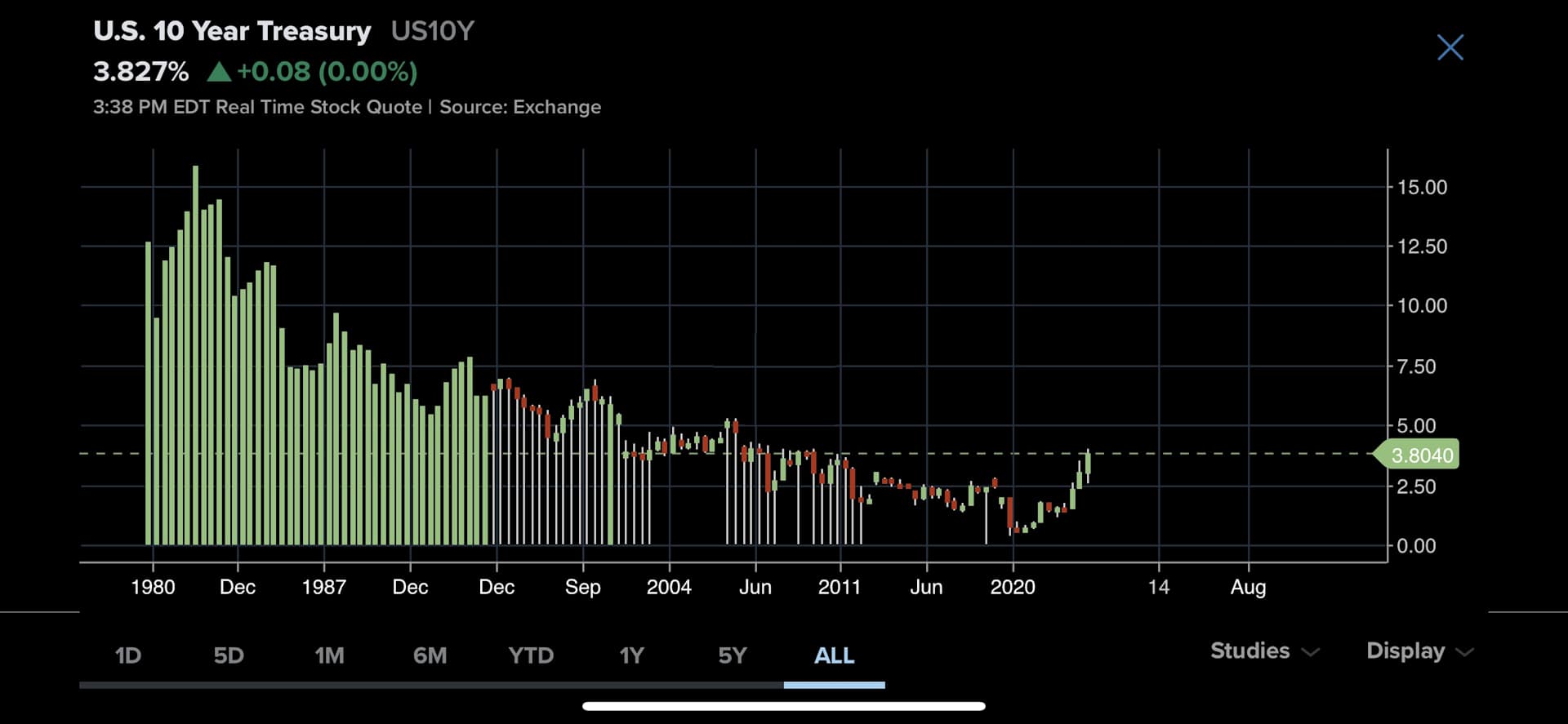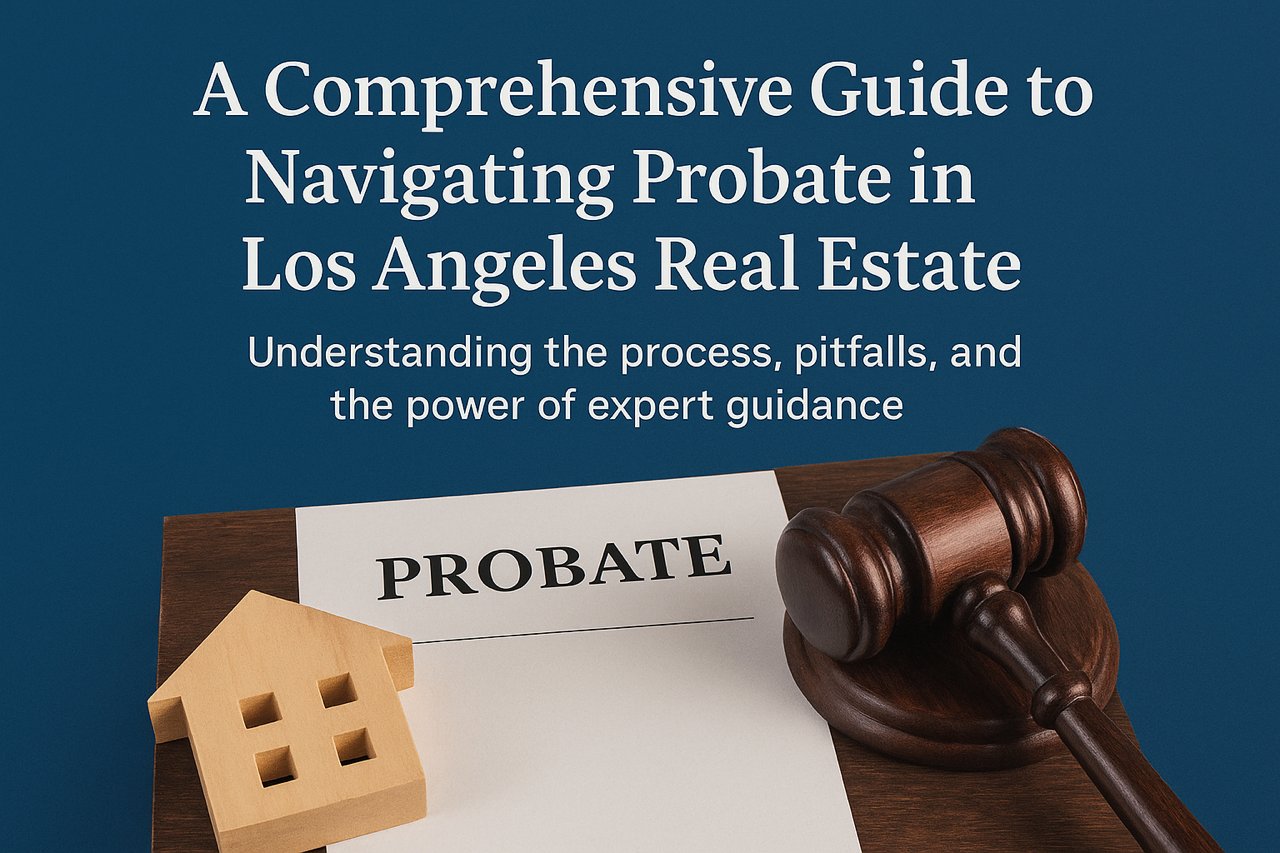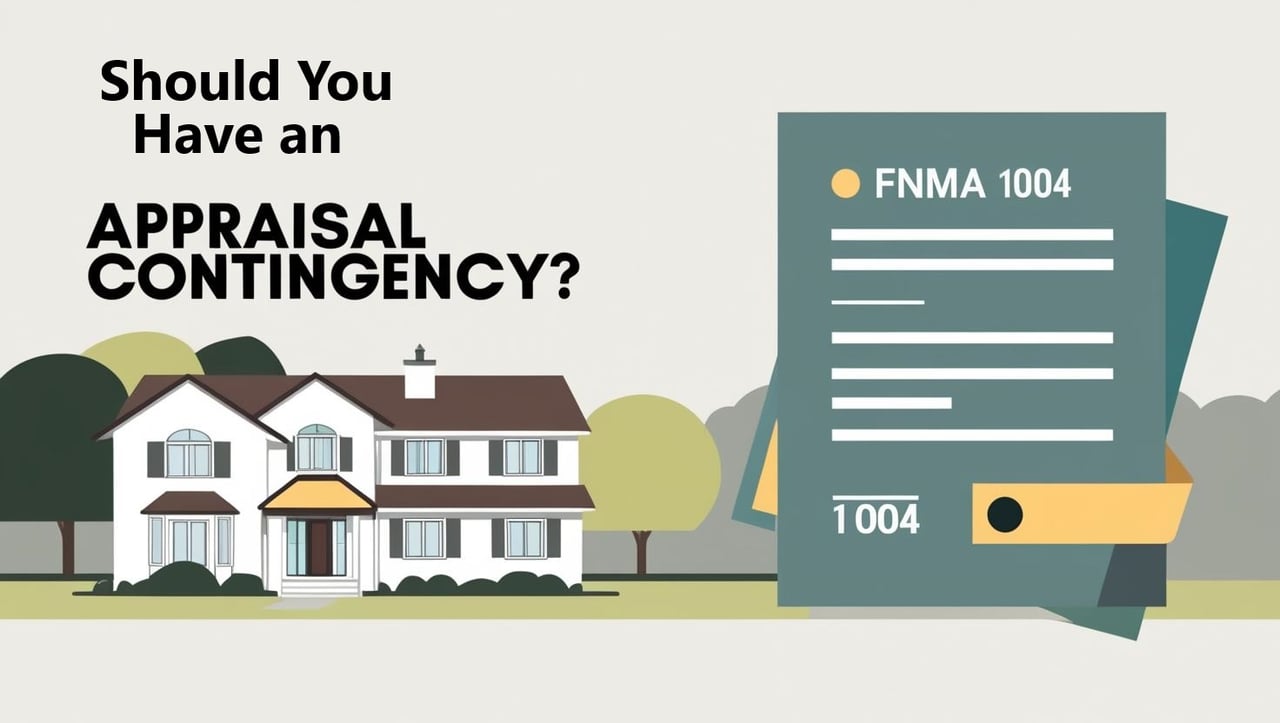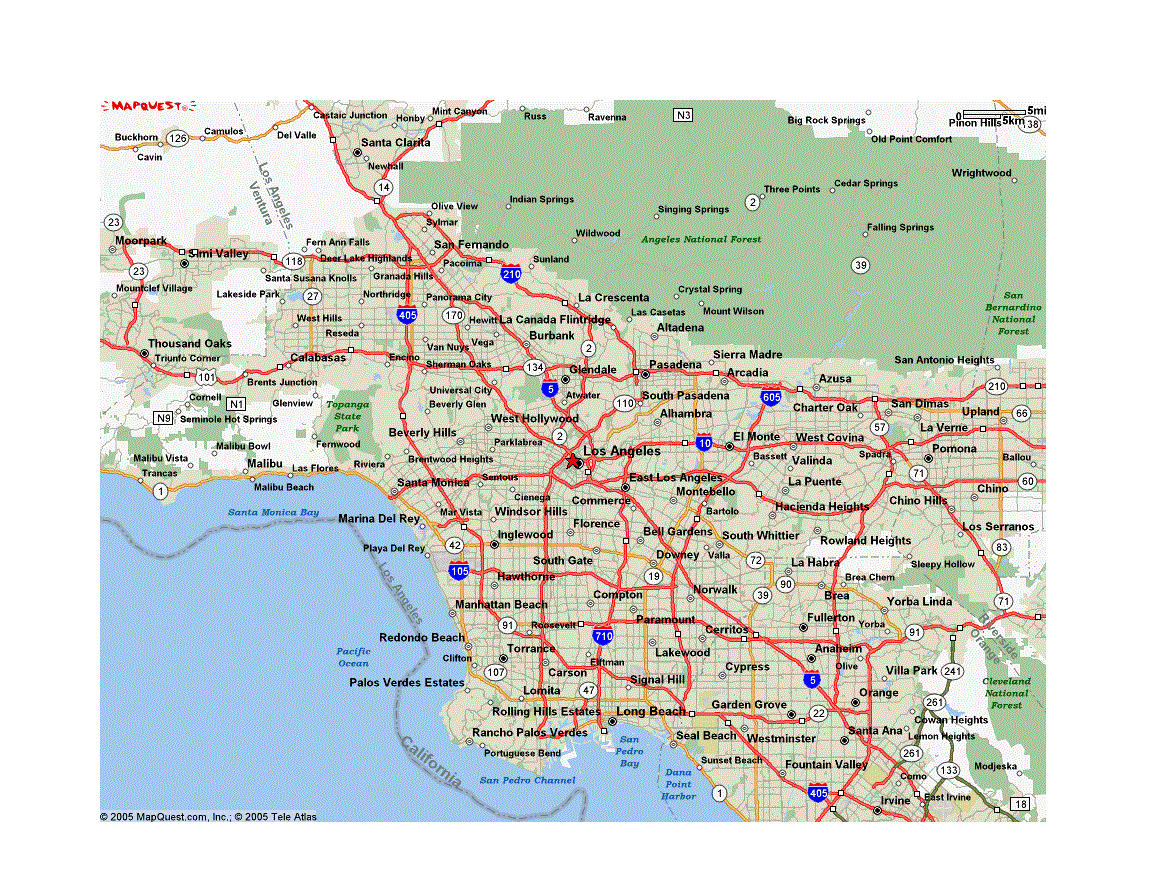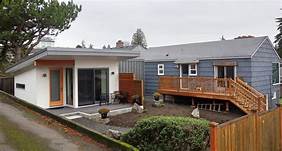Dealing With Some "Stuff"
As we begin the 4th quarter of 2022, we’re dealing with some “stuff” related to the real estate market. Certainly, we can't ignore that in this current and local Los Angeles real estate market update.
Traffic has eased quite a bit since the end of the 2nd quarter of this year. A lot. Especially in terms of the number of people out attending weekly open houses and frequent homebuyer seminars.
It’s important to note, though, that when you’re looking at real estate market statistics there’s important distinctions between the micro level and the macro level. Real estate is, after all, hyper local. Factors related to the U.S. real estate market are, indeed, important. Information related to the California real estate market is somewhat more important (if you’re in California, of course). Most of my clientele are located in Southern California and the greater Los Angeles market. So, information related to the greater Los Angeles real estate market is even more important.
It goes beyond this, as well. Neighborhood by neighborhood and street by street and information related to the local market on that level of the micro-scale can be deemed of the most importance.
Most News is Related to Macro level dynamics
Rising mortgage rates have squashed the insanely high level of demand for homes that we experienced earlier this year. That’s been all over the news. In the last Los Angeles local real estate market update, I cautioned about this. Rates have more than doubled since 2022 began. That’s significant. While the Federal Reserve was originally indicating that they anticipated keeping rates low through 2023, they had to reverse course and increase in order to combat very-high runaway inflation.
Higher rates, though, and the directly related lowered demand for homes, is not enough to crash the real estate market on its own. The other main factor is supply. Supply, neighborhood by neighborhood, is now the main remaining factor that is going to affect what happens to real estate values throughout the country, and area by area.
If supply and demand are balanced, home values will remain relatively stable. For quite a while we’ve experienced local real estate markets across the country on both the micro and macro levels in which demand for homes significantly outweighed the available supply of homes. This was an imbalance, and a vast one at that. This is what drove home prices higher.
While recent demand for homes has been significantly impacted by the decrease in affordability caused by much higher mortgage rates, this has only (so far) brought us to a place of a more balanced market. We haven’t seen that for quite a while.
Are we facing an imbalance in the other direction?
While it’s possible that we will see a flood of supply in homes on the market, that’s probably not likely. While nobody can predict exactly what will happen, we have to take a look at and account for the statistics related to existing mortgage loans in this country. The loans that are already on the books these days. The ones that are currently secured by the homes in this country.
Think about it, if the average length of time that a borrower has a mortgage is somewhere between 7-10 years, we have to calculate that the average note rate for the majority existing mortgages is well below the currently available mortgage rates for new loan originations. We had 3% and sub-3% 30-year fixed mortgages available for a considerable length of time. According to Federal Reserve Bank of New York, Center for Microeconomic Data, at the end of 2nd quarter, 2022 there was $11.39 trillion in outstanding mortgage debt in this country. (1) Up until March of 2022 and for approximately 3 years leading up to that point, the 30-year fixed rate mortgage was available below 4% (and for most of that stretch of time even below 3%). (2) Approximately $8.4 trillion of mortgage loans was originated between the beginning of Q2 2020 and the end of Q1 2022, alone. (3) (4) That could very likely mean that over 70% of existing mortgage loans have an average note rate well below 4%, and probably closer to 3.
As far as factors that lead a given homeowner to sell their current home, what all of the above translates into is certainly not one of them. In fact, if you’re a homeowner paying an existing mortgage with a note rate at or below 3%, while you might feel a little “hand cuffed” to your current home and mortgage, you’re definitely less likely to sell that home. This makes it unlikely, as well, that the home will hit the market and add to supply any time in the near future. Now multiply that home by 70% of the total number of mortgaged homes in the country. It doesn’t equate to a glut of supply coming down the pike.
Factor in that the existing mortgage loans in the U.S. were also mostly all underwritten at a much higher standard and level of scrutiny than the mortgage loans that were issued leading up to the financial crisis and the Great Recession. Meaning, it would take one heck of a large-scale economic downturn to equate to a housing market similar to what we saw during that period. Nope. This is most likely going to be something different.
The best way to figure out if we will face an imbalance on the supply-side is really just to watch and see. Tough to see, though, where these listings are going to come from. The number of homes to hit the market (which will be a much smaller market now in terms of demand) will dictate what will happen with prices.
What About Unemployment?
If we see unemployment increase considerably, it will be a factor in the possibility of increased supply of available homes on the market. While a homeowner may not want to sell their home because they have a mortgage with such a low and affordable interest rate, what might happen if they lose their job and can no longer afford the payment? They might sell the home, but what about leasing it out? If the rental market remains relatively strong, that would probably be the preferred option for that particular homeowner. Maybe not, but an increase in unemployment doesn’t necessarily mean that we will see a glut of supply of homes for sale on the market. There’s also a lot more tools and programs available these days when it comes to keeping defaulted borrowers in their homes as far as potential modifications and forbearance. Our county is, after all, experiencing a homelessness crisis as well. The U.S. government and elected officials certainly do not want that to get any worse.
Nonetheless, unemployment is something that we need to watch. It’s a related “tea-leaf” to keep a read on.
Interesting times ahead
There are certainly interesting times ahead. As far as the interest rate market is concerned, be forewarned, as we may not be done with higher rates. I’ve watched and referenced the yield on the 10-year U.S. Treasury Note for over 23 years, now. Many times, I've noted that if you looked at a history from the beginning of 1985, that it appeared to be in a long-term trend of a countdown to zero. If you’ve known me for a while, you’ve likely heard me say so. Well, we essentially hit zero. Or, about as close to it as you could possibly get. Even sub-zero, when you account for inflation.
Back in June of this year, though, this trend was most certainly broken. From a charting perspective, we saw what is known as a “double-top” in the very low 3% range (first in late 2013 and then in mid-2018). We hit the yield in the low 3s again in May of this year, tripling down. After briefly backing off, this June brought the yield up to about 3.5%. What we are witnessing now is a significant break-out and rates are breaking out of a trend-line that ran a certain way for nearly 40 years! The yield was closing in on 4% earlier this month. There’s currently no ceiling related to how high rates can go in the future.
Only one thing is certain (pertaining to this article, at least!)
Matters related to real estate are long-term. While we certainly may see home values decrease in the near-term, and we certainly may see rates rise even more than they already have as well, how long will it remain that way? How far will it go? When will it change?
Nobody can accurately predict this. What we can say, probably with a pretty high degree of certainty, is that we likely won’t see 2010 prices again. Certainly not home prices of 2000 or 1990, 1980, 1970 or earlier, either.
So, while much of our thoughts, feelings, and decisions that we make are related to things on a daily, weekly, monthly, quarterly or even annual basis, real estate matters are related to things that are best tied to decades. What’s that quote about not doing something permanently stupid just because of temporary challenges? Today's market environment and dynamics will change. When? We cannot determine. We do know, for a fact, that it’s temporary, though.
What about micro-level dynamics?
Ah, you probably thought I forgot! This is the kind of time where we are able find incredible opportunities. Location, Location, Location! Neighborhood by neighborhood and scenario by scenario, potential deals need to be fully vetted. On a local and, equally as important, on an individual basis. What makes sense for you, doesn’t necessarily make sense for everyone else (and vice versa). Guess what? You actually have a good shot of getting your offer accepted too. You also have a leg to stand on when it comes to negotiating a bit.
It’s interesting too, how much I’ve seen over the years, as it seems when everybody thinks “this” is what’s going to happen, it’s actually “that” that happens. Going against the grain is where the brilliant decisions are seemingly most often made.
So, being in the Los Angeles area, what’s happening in Atlanta or Charlotte or Houston or any other city or combination of cities, must be noted and accounted for. What’s most important, though, is what’s happening in Los Angeles. Ideally, what’s happening in the specific neighborhood and the half-mile to one mile radius around the specific home or property.
In markets across the country, we will likely see increase inventory in one neighborhood but not another. Decreased inventory in this one; steady in that one; and increase in these others. Perhaps a lot more in some neighborhoods but not others. If inventory increases significantly in a certain neighborhood meeting much lower demand, prices in that neighborhood will fall. The price deterioration will only occur until a balance is reached.
All in all, it’s going to remain very important to be making decisions solidly based in local information.
Bottom line
This is likely going to be the way it is for quite some time. We won’t see home price increases like we saw in the past several years continue in the near term and we’re not likely to see a crash either.
As it always should have been, individual home purchase and sale decisions need to be based on individual scenarios and the enjoyment of the property or the realization of long-term profit and equity. It never should have been about making a quick 25%, 30% profit, or more.
My brand of real estate is factual, analytical and a full dose of honesty. If my insights resonate with you in any way, I’d be happy to help you in any way that I can. Please reach out so that we can start to talk about how what’s going on in the market right now fits or affects what your individual long-term or near-term goals look like.
Citations
1. https://www.newyorkfed.org/microeconomics/hhdc
2. https://www.freddiemac.com/pmms/pmms30
3. https://www.statista.com/statistics/205937/us-mortgage-originations-since-1990/

